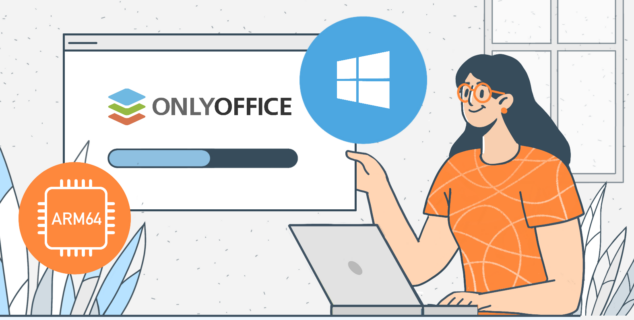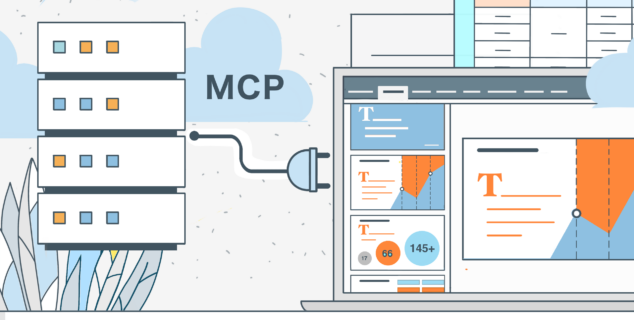ONLYOFFICE vs LibreOffice: what to choose when you decide to ditch Microsoft
Yes, Microsoft Office is cool but one day it will become burdensome for your budget. Or you may want to give it up following your rebellious open source spirit. No matter what your reasoning is, you’ll need a good replacement. So… ONLYOFFICE or LibreOffice?
With this article, we’ll help you to make an informed choice. We suggest using your preferred office formats as the main criteria.
Here’s a quick primer on office software history. Once all of the office formats were binary. We are talking about doc, xls, and ppt. They were strictly closed so that Microsoft could maintain a monopoly. No one liked that.
Luckily, the Jedi knights from open source community created an alternative – new XML-based formats called ODF. The abbreviation stands for Open Document formats, and the word ‘open’ here reveals their open source nature and that they could be used without restrictions. And you what? They were good. Even Microsoft tech guys saw that and took the idea.
In 2007 Microsoft launched a new version of their Office that by default saved documents in the newly created OOXML (Office Open XML) formats – docx, xlsx, pptx. Note that the word ‘open’ here did not mean being open source because the formats were protected by Microsoft patents. But putting aside the moral aspects of their monopolistic approach, we have to say they were brilliant and also put much time and effort in their document editors.
Although ODF and OOXML had much XML in common, they were (and are now) perfectly incompatible. This means that if you open a docx file in ODF-based OpenOffice/LibreOffice, you are likely to lose the initial formatting. It also works vice versa, when you try to work with odt in Microsoft Word.
But in fact, no one wanted the compatibility – open source developers never wanted to play by Microsoft rules and support proprietary software, while the corporation saw the community as rivals, or maybe sort of rebels. But were these rebels able to destroy the Death Star? No. Maybe they didn’t have their Luke Skywalker, or maybe they were less violent.
Even with such alternatives as OpenOffice (back then) and LibreOffice (now), Microsoft Office stays the most popular office suite in the world and the majority of office docs ever created was saved in Microsoft formats. The old files still exist in binary formats, but OOXML is catching up quickly.
No scientific survey was conveyed to proved that OOXML is more widely used than ODF. Moreover, the majority of organizations has closed document circulation, so we’ll never know anything about their documentation. But we have the Internet!
Google Trends service, for instance, shows us that docx is being googled way more often than odt.
he filetype search experiment also proves the point.
1 filetype:docx = 14 400 000 documents found.
1 filetype:odt = 388 000 documents found.
or
text filetype:docx = 1 020 000 documents found.
text filetype:odt = 28 100 documents found.
Does it mean that OOXML is better than ODF? Not necessarily. It is just the distribution model.
Are we trying to talk you into using OOXML? No way! We are just saying that it is more widely spread which may have nothing to do with your personal preferences.
We suggest you just decide considering two things:
- Formats you personally like.
- Formats popular in your environment.
As we have already said the format families are incompatible. So, choose what you are going to use more (or what formats are customary for your organization and your partners) and then download the most suitable office apps.
ONLYOFFICE was made for working with docx, xlsx and pptx, and has maximum MS Office compatibility (of all existing office suites). It means that all the objects present in ONLYOFFICE are created strictly according to MS Office format specs. So, if you look at a doc as a set of objects, ONLYOFFICE’s object models corresponds to OOXML specifications, while Libre’s object model corresponds to ODF’s ones.
ONLYOFFICE also works with ODF. Since its native formats are incompatible with them, ONLYOFFICE automatically converts ODF to OOXML when opening such files, later you can save them as ODF (but having in mind that it would mean double conversion). Unfortunately, some losses in initial formatting may occur during the process. But we are constantly improving the conversion quality.
LibreOffice is great at ODF, and also opens docx, xlsx and pptx. But with issues. Lots of. And that’s only natural regarding formats’ history.
So, ONLYOFFICE or LibreOffice? It’s up to you.
Create your free ONLYOFFICE account
View, edit and collaborate on docs, sheets, slides, forms, and PDF files online.




